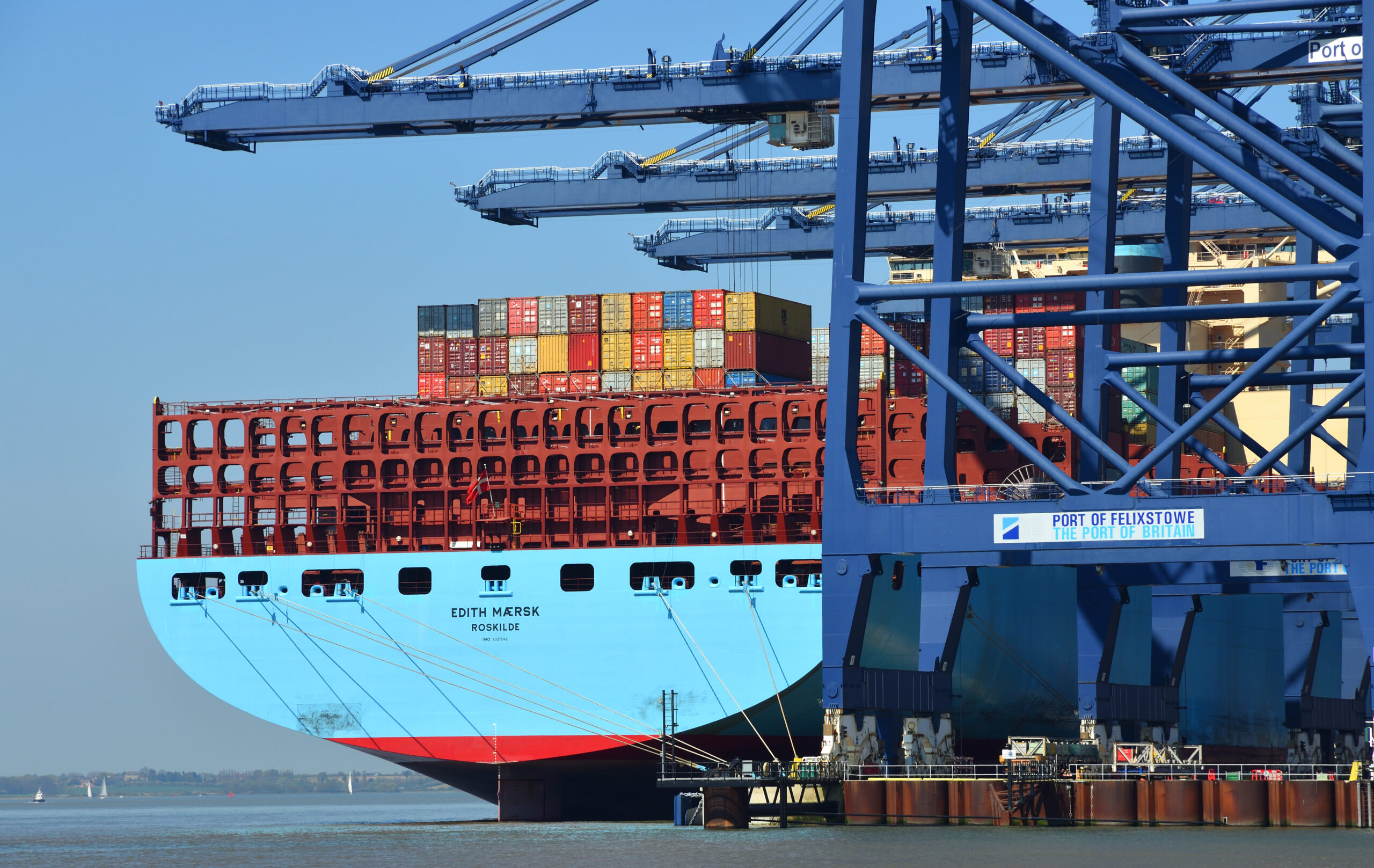Led by INEOS Energy (the project’s day-to-day operator) and in partnership with Harbour Energy and the Danish North Sea Fund (Nordsøfonden), Project Greensand is poised to become the European Union’s first operational CO2 storage facility in 2025/26.
With the final investment decision (FID) taken this week, the initiative is scheduled to begin storing carbon dioxide (CO2) in a depleted oil field in the Danish North Sea by late 2025/early 2026. The inauguration of the project will mark a critical step towards meeting Denmark’s 2045 and the EU’s 2050 net-zero emissions targets.
Greensand Future follows the success of a 2023 pilot project in which INEOS and Wintersall Dea headed a consortium of 23 organisations and demonstrated that CO2 from Belgium could be captured, transported and stored under the Nini West reservoir in the Danish North Sea. Building on these results, the latest project aims initially to capture and store 400,000 tonnes of CO2 annually, with plans to expand this capacity to up to 8 million tonnes per year by 2030.
The results of the pilot project were verified by DNV, the Norwegian classification society, who provided risk, verification and standardisation services to Project Greensand.
Describing how the new project builds on the success of the 2023 pilot, Mads Gade, Head of Denmark at INEOS Energy, commented: “Last year we were the first in the world to succeed in developing a value chain for safe and efficient capture, transport and storage of CO2 across national borders. Now we are proud to take the next step, building on the learnings from the pilot and aiming to deliver a fully operational commercial project by end 2025/early 2026.”
This expansion in available CO2 storage capacity will play an important role in enabling the EU to meet its stated target of establishing a 250-million-tonne CO2 storage capacity by 2040. By obtaining over $150 million in investment, Greenhand Future is also sending a strong signal to the broader carbon economy about the commercial feasibility of large-scale CO2 storage projects.
In the first phase of the project, CO2 will be captured from Danish biomethane production plants, liquefied and transported by sea to the port of Esbjerg. It will then be shipped to the Nini West field for permanent storage 1,800 metres below the seabed and will be closely monitored. Greensand Future involves the full carbon capture and storage (CCS) value chain, including logistics, storage and shipping, making it scalable for future for future on shore and offshore developments.
Sir Jim Ratcliffe, INEOS Chairman, said: “Greensand Carbon Storage is a far better way to decarbonise Europe than deindustrialise. That just moves the problem elsewhere, doesn’t solve it and destroys jobs. Our Investment in Greensand helps secure a sustainable future for both the planet and the economy.”



